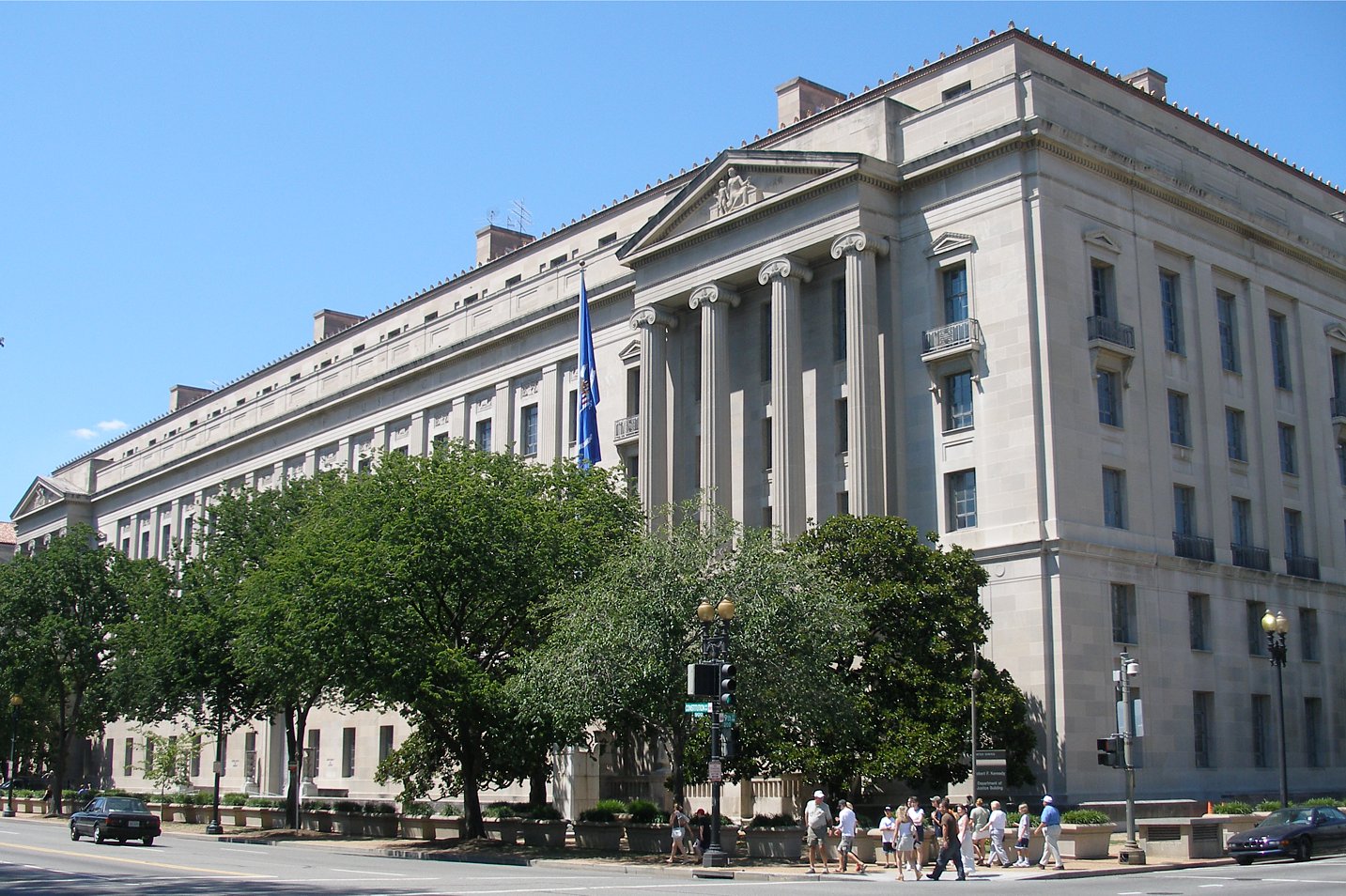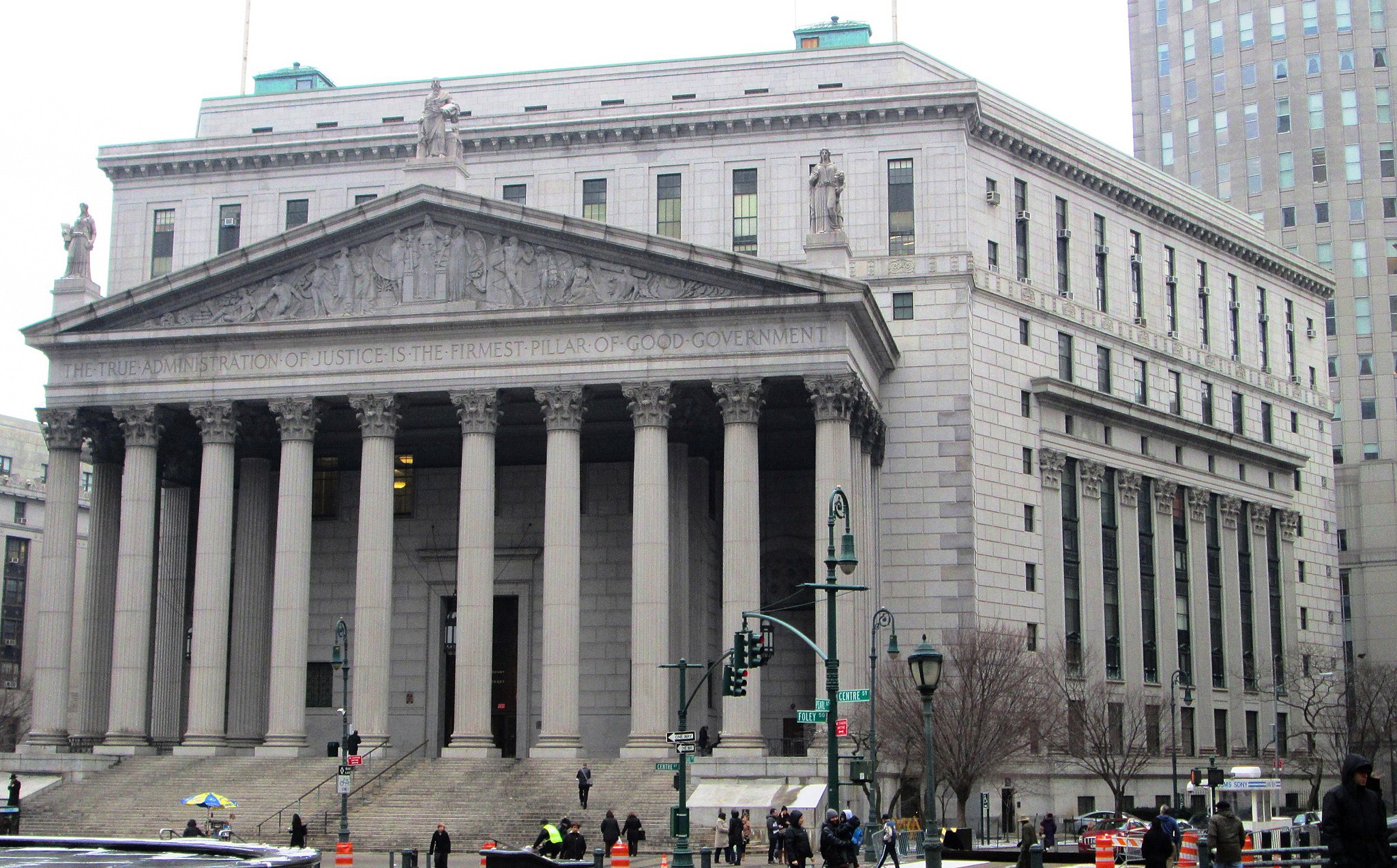Mistaken Identity: The True Scope of Islamophobia
In the aftermath of September 11th, Sikh-Americans – marked by turbans, beards, and brown skin – were killed, stabbed, assaulted, and harassed, among other things. The frequency of this mistreatment ebbed in the ensuing years, but has resurged following the tragic attacks in Paris and San Bernardino.
Published by The Lawfare Institute
in Cooperation With

In the aftermath of September 11th, Sikh-Americans – marked by turbans, beards, and brown skin – were killed, stabbed, assaulted, and harassed, among other things. The frequency of this mistreatment ebbed in the ensuing years, but has resurged following the tragic attacks in Paris and San Bernardino. As with 9/11, the most natural explanation for this discrimination is the perceived physical similarity between Sikhs and Muslims and the rise in Islamophobia. Put simply, bigotry against Muslims seems to have spilled over, once again, to non-Muslims, including Sikh-Americans.
However rational or apparent this explanation might be, it presents a sensitive and contested question: Should attacks against Sikh-Americans be treated as potential instances of “mistaken identity?”
The same question arose after 9/11 and, in the years since, several leading civil rights activists have argued that it would be wrong to consider these acts as instances of mistaken identity. To these critics, “mistaken identity” improperly implies that had the victim actually been Muslim, it would somehow make the act more understandable or acceptable. They argue that when a Sikh invokes mistaken identity, the Sikh deflects hatred away from his or her own community and towards Muslims, thereby undermining solidarity between Sikhs and Muslims. Rather than point to the differences between the groups, these communities should unite against the bigotry that adversely impacts both, the argument goes.
These activists further argue that it is often difficult, and sometimes impossible, to know a perpetrator’s motive in attacking a Sikh. When Wade Michael Page shot ten Sikhs – six, fatally – as they worshiped at a Wisconsin Sikh temple, he didn't utter a word. Page committed suicide in the temple parking lot, and evidence of his motive was never uncovered. Page may have confused Sikhs for Muslims or he might have hated immigrants or non-whites. It is possible he had no discernible reason at all for the violence.
These concerns are well-intentioned. But to simply dismiss mistaken identity as a possible reason for increased violence against Sikhs would itself be a mistake. The explanation of mistaken identity does not imply that mistreatment of Muslims is legitimate. To the contrary, this explanation tracks the true scope of anti-Muslim bigotry across communities. Consider federal disability law. The Americans With Disabilities Act prohibits discrimination against an individual who is disabled, and also prohibits discrimination against an individual who is "regarded as" disabled. By extending legal protections to individuals misperceived to be disabled, Congress meant to capture that discrimination which was based on “unfounded concerns, mistaken beliefs, fears, myths, or prejudice” of the disabled.
Applying this model to the Sikh-Muslim context, it is certainly wrong to target anyone who is a Muslim. Likewise, it is wrong when a perpetrator’s bias, fears, myths, or prejudice against Muslims reaches anyone falsely believed to be Muslim. And even if the scope of discrimination extends beyond Muslims, incidents against actual Muslims still signify a core, categorical harm. Indeed, when the Supreme Court determined that to be “regarded as” disabled occurred when an individual was “mistakenly” believed to have a disability, the Justices did not green light discrimination against the actually disabled.
Certainly, Sikhs should not distance themselves from Muslims, as some Asian-Americans did with Japanese-Americans during World War II. But to describe mistaken identity as a possible motive does not legitimize the discrimination of the intended target any more so than someone pointing out that they are not, in fact, disabled and yet may have been discriminated against because someone believed they were disabled. Prominent Muslim advocacy organizations have themselves expressly used the term “mistaken” in describing acts against those perceived to be Muslim, demonstrating that the term is not inherently alienating.
It is true that a perpetrator may conceal his or her motivation, and that there are any number of reasons why people, such as Page, may commit acts of violence. But the difficulty of ascertaining a motive generally is not a reason to take a possible and plausible motive off the table. To prospectively determine that mistaken identity should not be considered – or named – would defy reality. There is widespread ignorance of Sikhs in the United States; one study revealed that 70% of Americans could not identify Sikh man by picture. My research assistant conducted an informal survey outside of a GAP store in Albuquerque, asking 100 random adults to identify the religion of a Sikh featured in the store’s ads. Out of 100, none answered correctly. The largest incorrect response was Muslim.
In light of the evidence, removing “mistaken identity” from the spectrum of explanations for discrimination against Sikhs denies Sikhs and others a particular way to conceptualize or explain that discrimination. To be hurt by the mistaken prejudice of another is its own specific injustice. Silencing that viewpoint harms not only the individual, who seeks to make sense of their individual experience, but also the community, by affirmatively inviting a culture of victimhood.
Furthermore, to call for an end to “mistaken identity” draws the Sikh community away from efforts which may reduce hate violence in the first place. In general, Sikhs can inform a broader conversation about the immense diversity and depth of minority communities in America. In particular, Sikhs can focus on a new image of the community – such as Capt. Simratpal Singh, a turbaned Sikh serving in the U.S. Army – where these positive, alternative portrayals can help change broader attitudes about Sikhs.
To squabble over sensitivities of terminology would be to miss this opportunity, to engender victimhood, and to limit the range of explanations in service of political correctness and in defiance of reality. Given the current climate, the community cannot afford these costs, including clouding its own safety.




